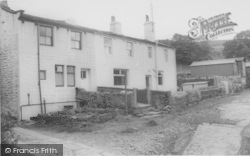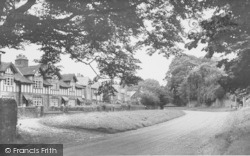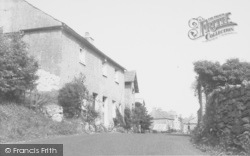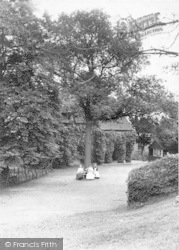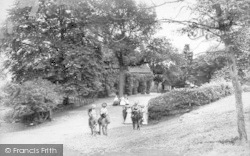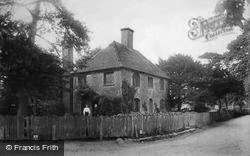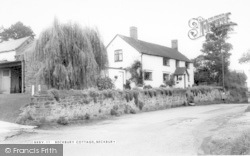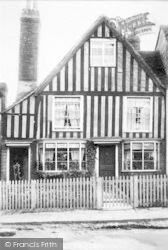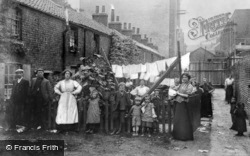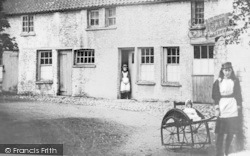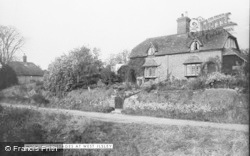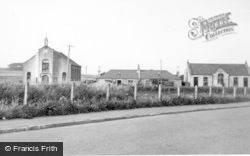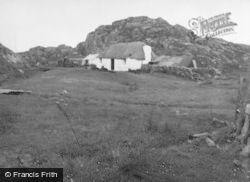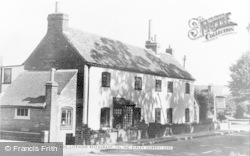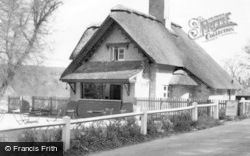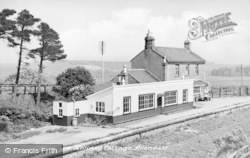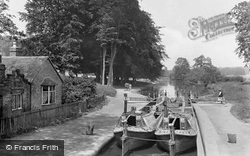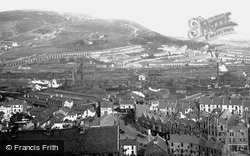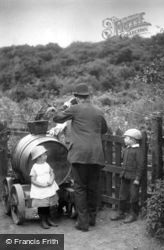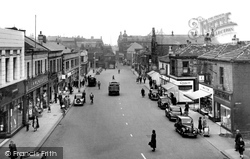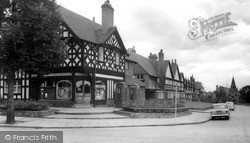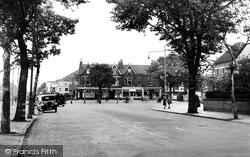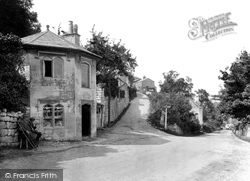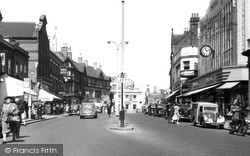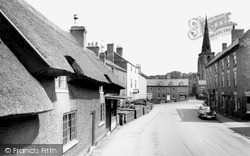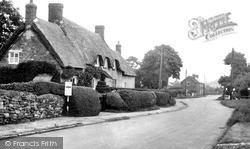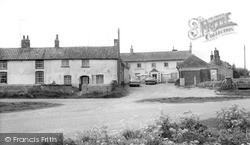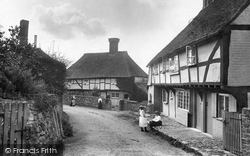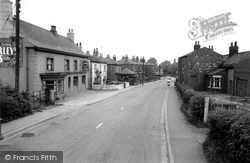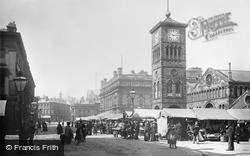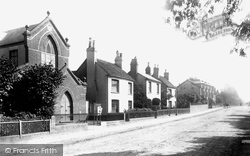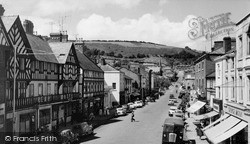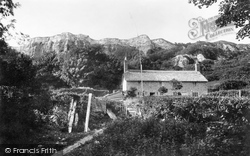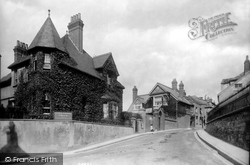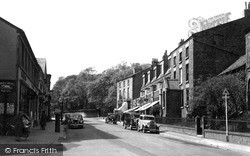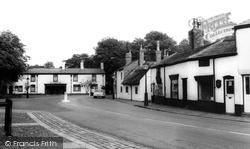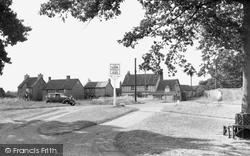Places
6 places found.
Those places high-lighted have photos. All locations may have maps, books and memories.
Photos
2,406 photos found. Showing results 1,601 to 1,620.
Maps
41 maps found.
Books
Sorry, no books were found that related to your search.
Memories
2,828 memories found. Showing results 801 to 810.
Watching The Coronation In The Rock Inn Haytor Vale
We moved into Gorse Cottage, next door to the Rock Inn. Our cottage clearly shows on the left of the Rock Inn. The cottage was for sale for £500 but my mother, who was separated from my father, ...Read more
A memory of Haytor Vale by
Memories
My paternal great-grandparents used to live in 4 Mantlemass Cottages and I can remember my grand-parents taking me there quite often. I have vivid memories of sitting around the Aga and looking look up the chimney and seeing the sky. I ...Read more
A memory of Turners Hill by
Aunt Joan
I remember my Aunt Joan who lived outside Lochgilphead at Castleton in a cottage there. She lived with my Aunt Katie. Joan used to work in what would now be the equivalent of the Jobcentre - cannot remember the name. She was never ...Read more
A memory of Lochgilphead in 1960
Memories
My family were evacuated during the second world war from East London , they were put into some cottages in the village, my mum died in 2002 and her sisters have died since then, apart from one who is in her eighties. I can remember ...Read more
A memory of South Petherton in 1942 by
Claywood And The Teem Valley Home 1949 To 1969
How wonderful to hear of one of my dear friend's memories of 1960s Menith Wood. Although I was actually born at "Eardiston" Farm called Moor Farm, in one of the converted barns in 1949, I spent all ...Read more
A memory of Menithwood in 1960 by
Rooms Lane St Bernards
I was born on Room's Lane in one of three cottages near to the train station. My father worked for Roland Humphry. We moved to St Bernard's not long after I was born, the house was the previous horseman's home, My dad ...Read more
A memory of Morley in 1951 by
Edgars
My grandmother, Agnes Moffat Edgar was born in 1873 at Mop Cottage. I would like to know where the cottage is located. Her father and grandfather, William Charteris Edgar and John Edgar, have headstones in Dunscore Churchyard. John Edgar ...Read more
A memory of Dunscore in 1870 by
Wonderful Childhood
I lived in Crib-y-mor with my grandmother, Emily Roberts, and my mother Patricia Jones (both originally Williamson). I lived opposite Tom Roberts and at an early age developed my own system of visiting everyone. First I would ...Read more
A memory of Llanbedrog in 1959 by
It Will Always Be Home By Julia Elwell Nee Walley
I was born in Knutsford in 1947 at 114 King Street (the Tatton cottages), and moved to Manor Park in 1951. I started at Egerton School (the old one on Silkmill Street) and then moved to Crosstown. ...Read more
A memory of Knutsford
Pineapple Cottages Lower Swell
My gran's name was Lily Illes and she lived in one of Pineapple Cottages at Lower Swell as a child. She left home at 15 to go and work in London and then moved to Scotland with my grandpa. I have visted and stayed in ...Read more
A memory of Lower Swell by
Captions
2,020 captions found. Showing results 1,921 to 1,944.
The old harbour master's house and dock cottages are on the far side, with more recent housing above. A white daymark stands on the clifftop above the harbour entrance.
Under the magnificent spreading canopy of the Cassiobury Park trees, just beyond the keeper's cottage, the barge horse and his female driver enjoy a brief rest while waiting for the Iron Bridge lock
This panoramic view is very evocative of two major factors in the city's history: the rolling hills which surround it, and the rows of terraced worker's cottages, which testify to the city's once significant
Here we see him filling a cottager's bucket with water from his barrel.
Formerly a dirty, rutted lane, this was changed into a shopping centre from 1872 with the demolition of the Hick Lane cottages.
Every cottage was said to be different, and many different architects were employed to help turn a swampy muddy creek into a wonderful Garden Village.
They lived in a cluster of mud-daubed cottages built of wreck timber close to the walls of the church - hence Church Town.
In the late 1960s the writer lived in a cottage almost next door to the toll house, at which time an extrovert Italian kept it as a general store.
In 1881, Francis Fisher had the cottages on the site demolished and erected this imposing new shop. Further on stands the Rose and Crown and the Compasses public houses.
In the photograph, a butcher's shop front (left) with its rather flimsy canopy has been built into a rather good 17th- century cottage.
In the main, this is a large red-brick village, but a few thatched stone cottages remain, as in the photograph - note its superb hedges and simple topiary.
The pub and other cottages have marks on their sides to indicate the height of the sea water which has flooded the area on several occasions.
In the main, this is a large red-brick village, but a few thatched stone cottages remain, as in the photograph - note its superb hedges and simple topiary.
In Victorian times the houses were each subdivided into labourers' cottages for the Leconfield Estate. Inland West Sussex From Bramber to Boxgrove
Back in 1880 an orchard, stables, piggeries, a bowling green and two cottages surrounded the pub.
It was the arrival of the Leeds/Liverpool canal in 1810 that turned a hand-loom cottage industry into the giant of the Industrial Revolution.
The cottages beyond are mid 19th-century, the outer ones bow-fronted, and much less grand than the six tall houses with bay windows extending up to the roof which date from the 1880s and are part of
The market was established in 1279 with a charter granted by Edward I, but Newtown's growth is due mainly to the application of technology to the cottage-based woollen industry.
of the coast between Axmouth and Lyme Regis took place on Christmas Day 1839, when a chasm nearly a mile in length was created when the existing cliffs fell towards the sea - carrying some cottages
The sign in front of the eight-bed Cottage Hospital (left) records that it was opened in 1897 as part of the town's commemoration of Queen Victoria's diamond jubilee.
Here we see (from right to left) Weston Cottage, Old Timbers, the Little Homestead and at the top, the Durham Ox pub.
Rose Cottage (the first full building on the right in U36003) was the local telephone exchange long before the advent of STD.
They lived in a cluster of mud-daubed cottages built of wreck timber close to the walls of the church - hence Church Town.
The pair of cottages at the far left are dated 1870.
Places (6)
Photos (2406)
Memories (2828)
Books (0)
Maps (41)




